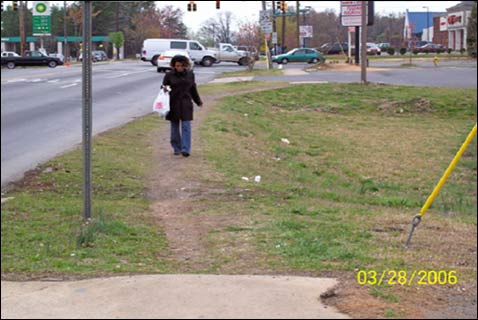New Jersey Future Blog
Summit Touches Key Causes of Sprawl
October 31st, 2002 by Tim Evans
- Last week’s Smart Growth Summit marked the first time a New Jersey Governor led a public discussion that singled out the twin drivers of sprawl: property taxes and New Jersey’s municipal home rule.
- Property taxes in New Jersey are the primary source of revenue (75 percent) for local government. In most states, property taxes account for less than 50 percent of local government revenues.
- This over-dependence on property taxes forces New Jersey municipalities to chase new development or “ratables,” and make their land use choices on unbalanced fiscal reasoning, spurring sprawl.
- The problem is multiplied by the number of municipalities in the game. Some 13 percent of New Jersey’s municipalities (75 of 566) are smaller than a square mile; 29 percent are smaller than two square miles.
- All 566 municipalities collect property taxes, in most cases without coordination that would avoid costly duplications in service, personnel and municipal construction across a region. At the same time, each municipality is able to make land-use decisions that impact the region without consulting the neighboring jurisdictions.
PRESSURES GROW FOR TAX REFORM
Though they were not discussed in prepared remarks, property taxes and home rule were acknowledged as driving sprawl during Q&A at the Governor’s Smart Growth Summit held last week at The College of New Jersey.
In an unusual public dialog with his Cabinet, the Governor demonstrated his understanding of the administrative complexities of these issues by raising the vexing question of how to get municipalities to follow the State Plan, and by pressing his Cabinet for solutions. The Governor further demonstrated his understanding of the political complexities by adroitly turning aside a question about property taxes as the root of the problem.
By not speaking about taxes, the Governor demonstrates again that taxes are the fatal third rail of politics in New Jersey. Now, however, the situation has become so dire that last week a bipartisan resolution (SCR 78) was introduced in the New Jersey Senate that would support a constitutional convention for property tax reform by allowing voters to approve new laws at the same time they approve basic reforms recommended by the convention.
The places we most admire in the world are places where people live, work and play in close proximity, places that serve the needs of children, adults and seniors alike. Today’s tax system and the narrow focus of home rule make the creation, and even the survival, of these kinds of places almost impossible in New Jersey.
Without addressing the consequences of our property tax system and what one former legislator has dubbed New Jersey’s “multiple municipal madness,” our state’s progress toward smarter growth will be limited. The new reforms and incentives discussed at the summit deserve a better chance for success than they will see under today’s property tax system.
















